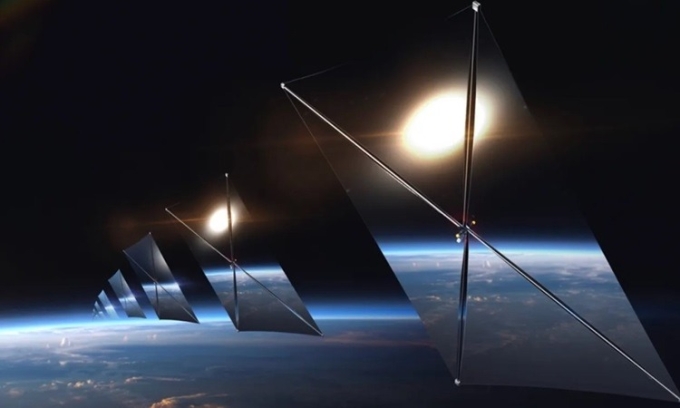According to Bloomberg, the company has applied to the U.S. Federal Communications Commission (FCC) for permission to launch an 18 m long experimental satellite called Earendil-1 in 2026. It would be the first in a constellation of satellites…
Category: 7. Science
-
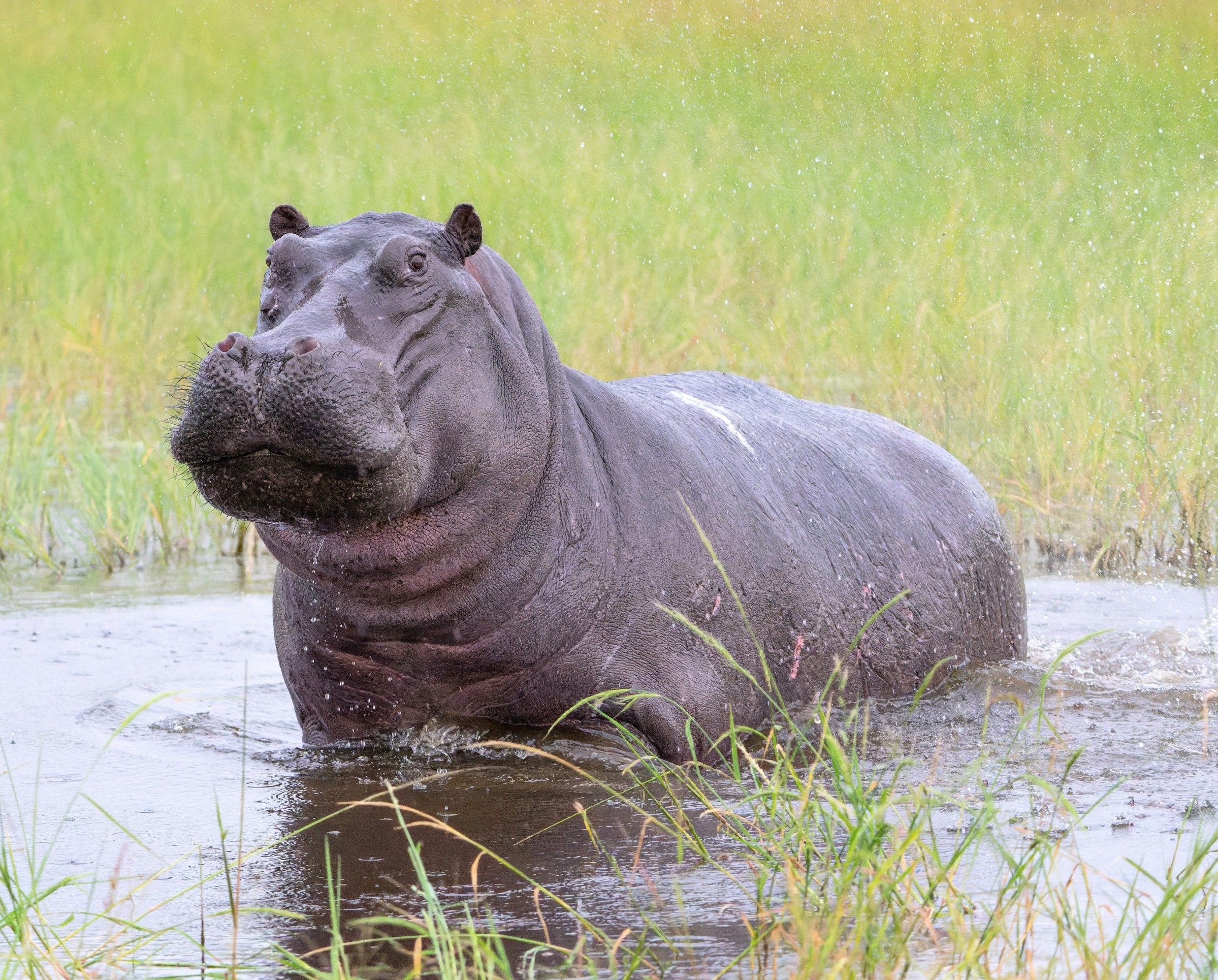
Hippos in the Ice Age? DNA reveals a survival story
Europe during the Ice Age wasn’t always the frozen wasteland we imagine. Between glaciers and tundra, rivers still flowed, and the land breathed in warm intervals. In those moments, something remarkable happened – hippos lived there.
A new…
Continue Reading
-
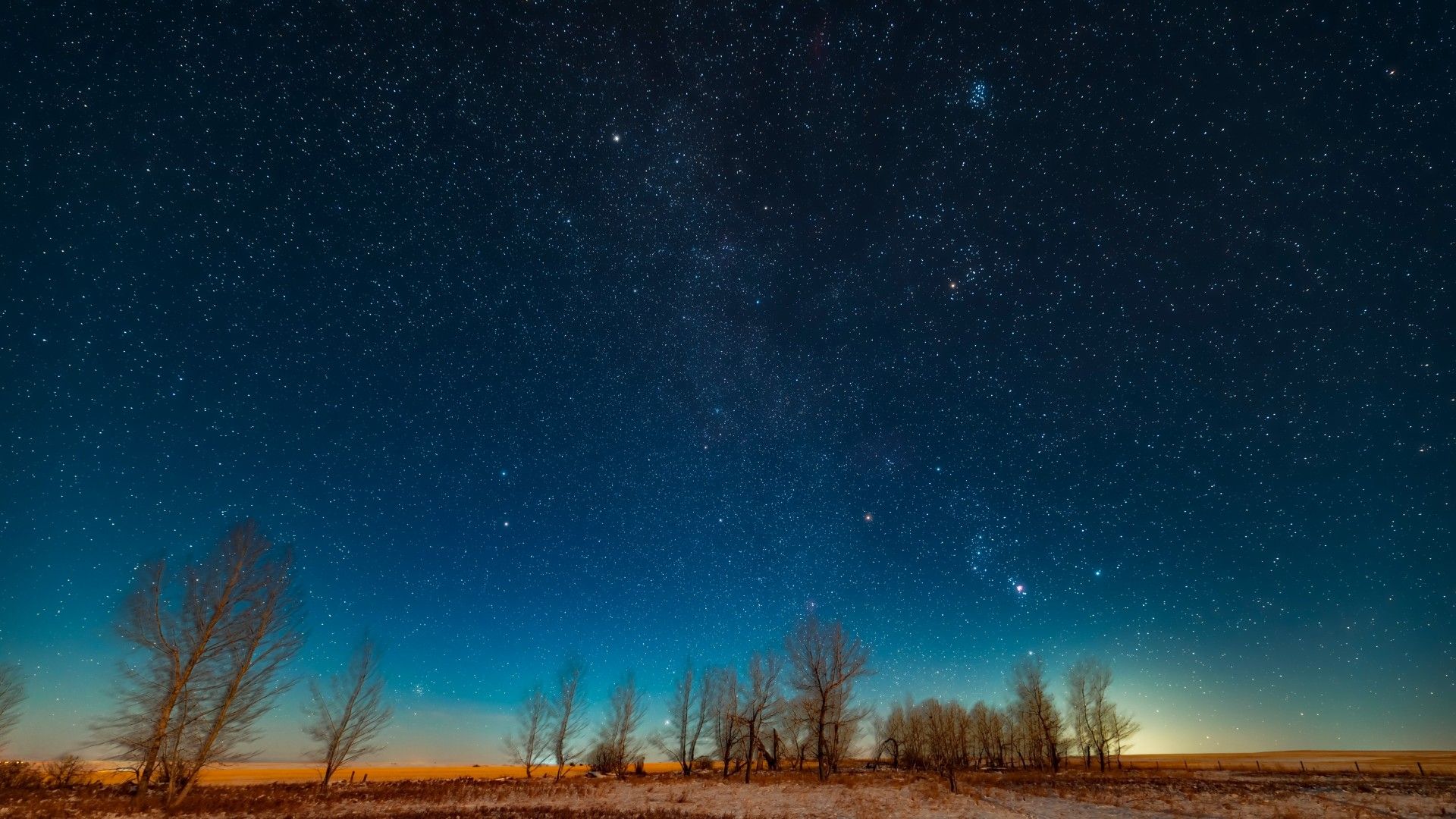
See Orion hunt the half-lit moon on Oct. 12
Look to the eastern horizon shortly before midnight on Oct. 12 to see the moon rising majestically with the red giant Betelgeuse and the stars of the constellation Orion. Jupiter will be close on their heels.
Head out an hour before midnight…
Continue Reading
-
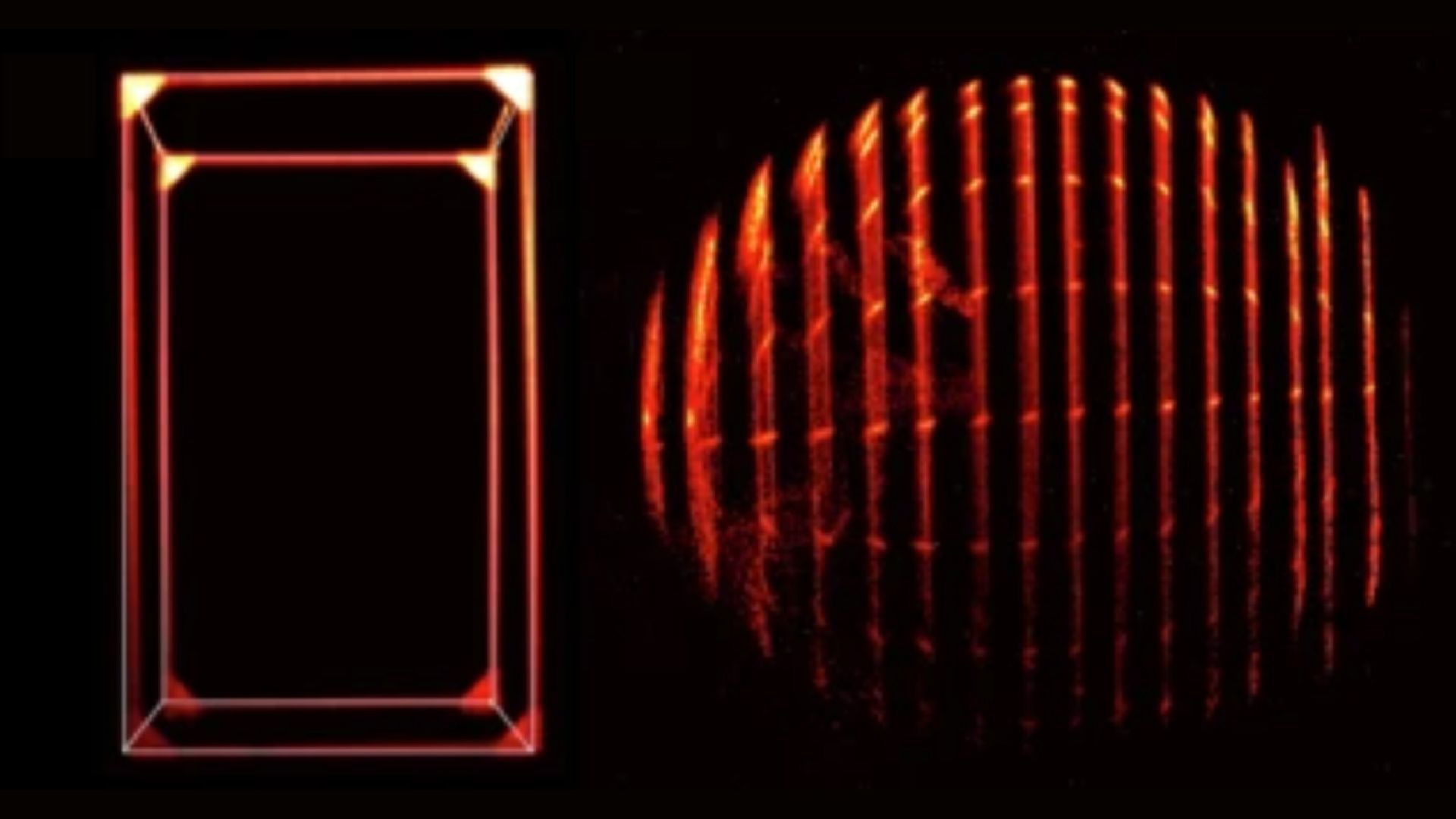
Physicists prove 65-year-old effect of relativity by making an object appear to move at the speed of light
Using ultra-fast laser pulses and special cameras, scientists have simulated an optical illusion that appears to defy Einstein’s theory of special relativity.
One consequence of special relativity is that fast-moving objects should appear…
Continue Reading
-
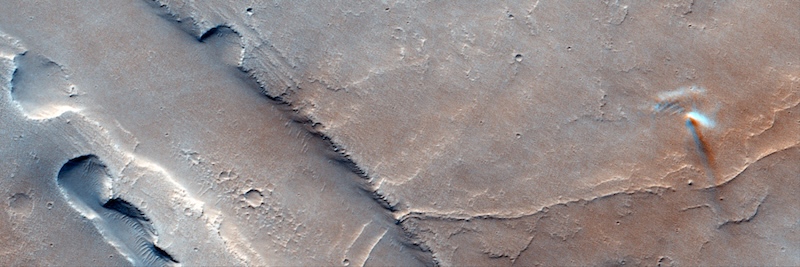
Dancing dust devils on Mars trace raging winds
The Colour and Stereo Surface Imaging System (CaSSIS) on board ESA’s ExoMars Trace Gas Orbiter (TGO) captured this dust devil tracking across the Martian surface on December 3, 2021. Studying dust devils on Mars helps scientists trace the red… Continue Reading
-

Starship flight 11. A look at the results of the first 10 launches.
The 11th flight test of Starship is preparing to launch as soon as Monday, Oct. 13. The launch window opens at 7:15 p.m. ET.
Monday’s launch is the fifth flight test in 2025. The spacecraft is expected to take astronauts to the moon and eventually…
Continue Reading
-

Hubble went supernova hunting — and found something unexpected: Space photo of the week
QUICK FACTS
What it is: NGC 6000, a spiral galaxy
Where it is: 102 million light-years away in the constellation Scorpius
When it was shared: Sept. 29, 2025
Here’s a story for the ages — or maybe a story of the ages.
Continue Reading
-
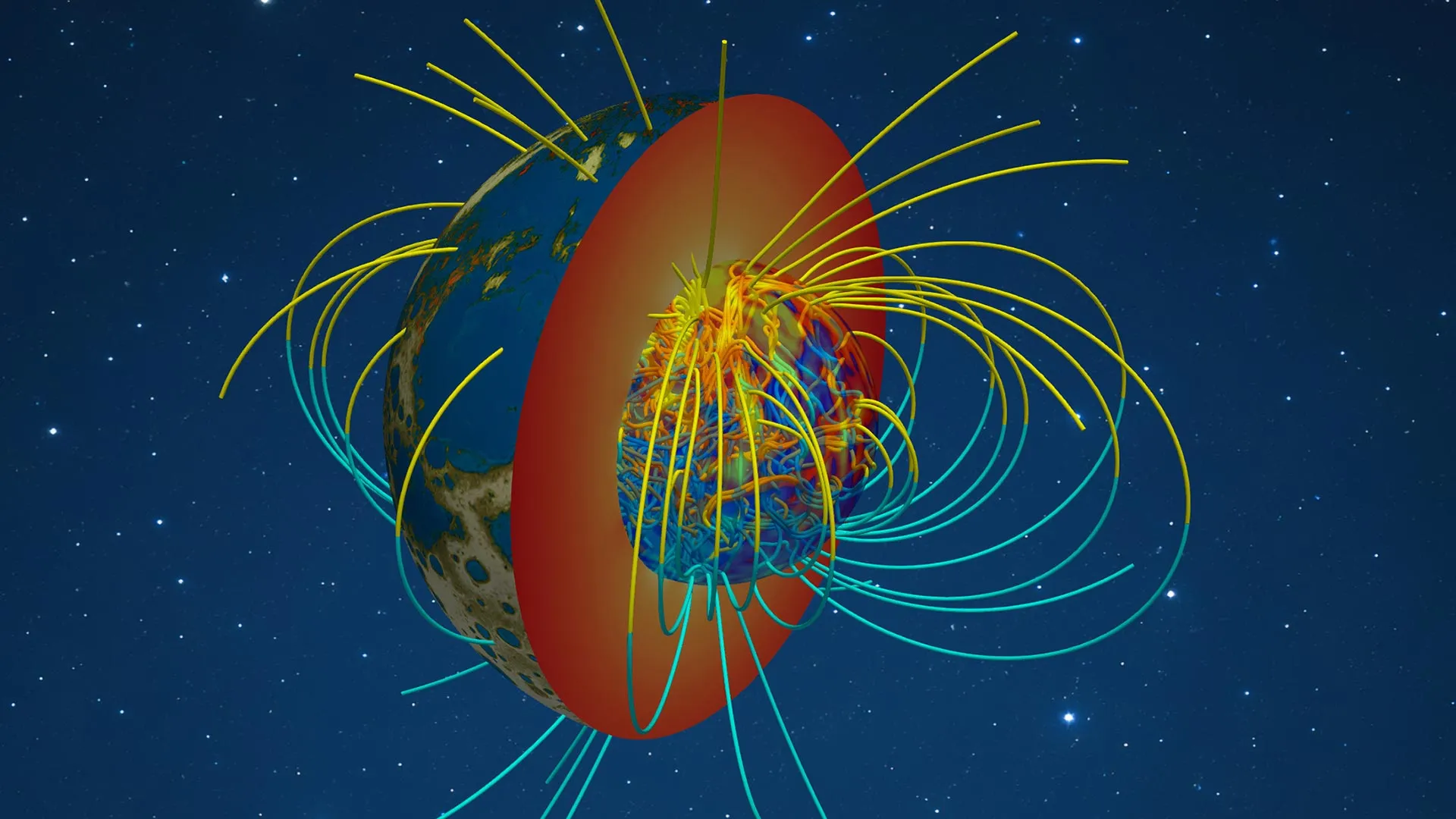
New simulation reveals how Earth’s magnetic field first sparked to life
Earth is lucky to have a magnetic field that shields the planet — and everything living on it — from dangerous cosmic radiation. Without this invisible barrier, Earth would be exposed to the same constant stream of charged particles that…
Continue Reading
-

New simulation reveals how Earth’s magnetic field first sparked to life
Earth is lucky to have a magnetic field that shields the planet — and everything living on it — from dangerous cosmic radiation. Without this invisible barrier, Earth would be exposed to the same constant stream of charged particles that…
Continue Reading
-
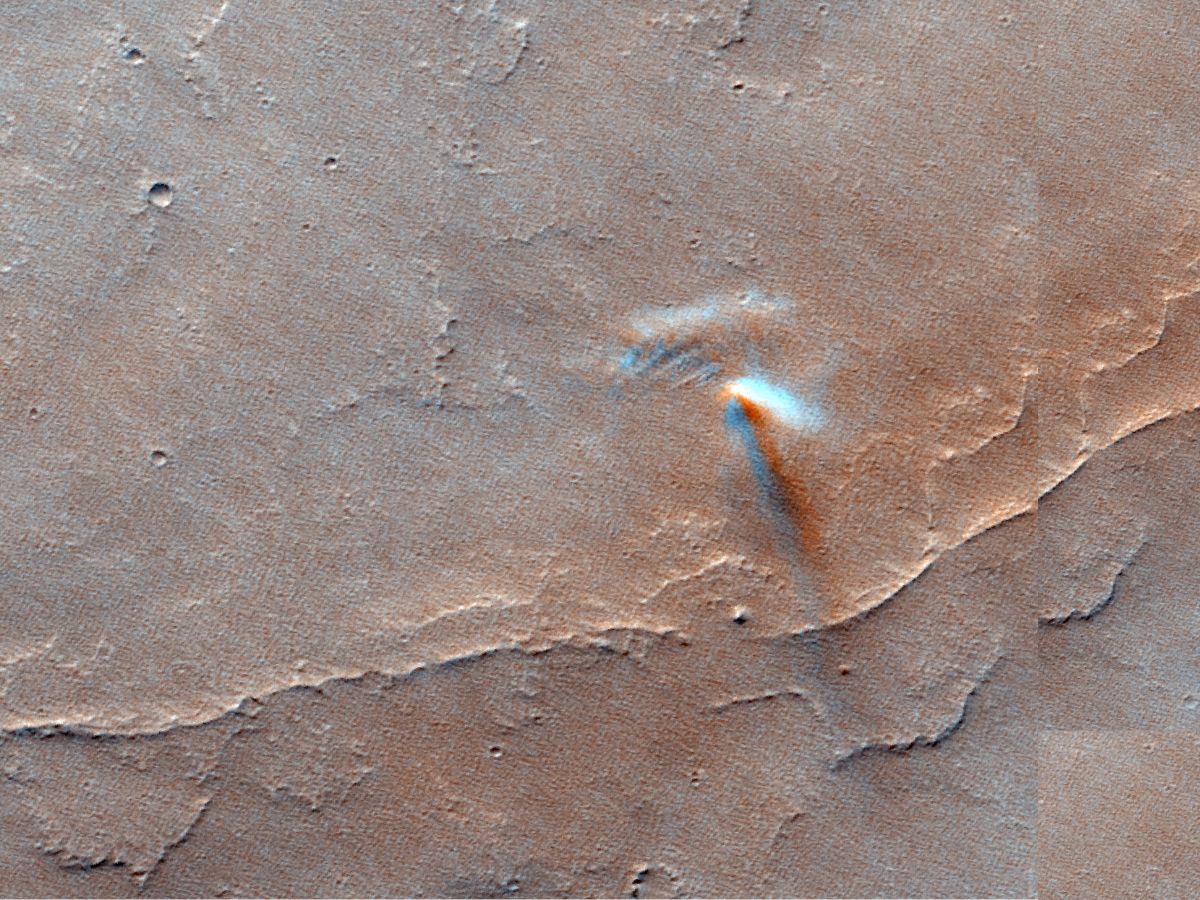
Scientists map Martian winds using 1,039 dust devils, revealing strong near-surface winds
A dust devil photographed on Mars (Image source: ESA, TGO, and CaSSIS; cropped) Continue Reading
